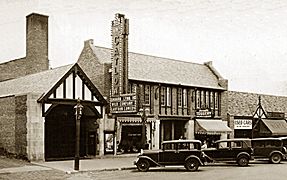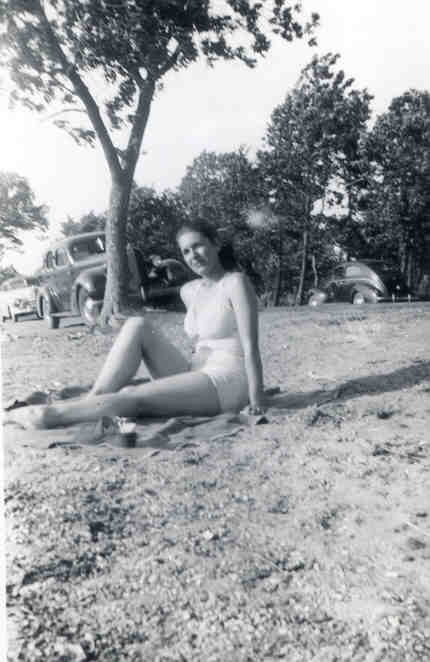The Catlow Theater
The original theater in Barrington, called the Auditorium, was built by Joseph Goodman Catlow. The 3-story brick building was used for dances, meetings and community events. It was also used as the showplace for the silent films of that era.
Joseph would hold dances on the upper floor of the Auditorium, and his wife Clara (Whitney) would make sandwiches that were sold at the dance. The upstairs was also used as a meeting hall. In the basement of the same building, the Catlows had public hot showers, mostly for men. The travelers and boarders in the area could have this convenience for only 25 cents, including a clean towel passed out by Clara Catlow.
The Auditorium eventually became inadequate for the area’s growing film audience. Joseph’s son, Wright Catlow, had a dream and a solution …
Excerpted from The Crystal Times, October – December, 2005
The name “Catlow” may seem familiar because of the historic Catlow Theatre in Barrington. The theatre was built by Wright Catlow in 1927. The theatre was primarily designed in the Tudor Revival style ornamented to portray a medieval English hall. The grand opening was held on Wright Catlow’s birthday, May 28, 1927.
The main historical highlight of the Catlow Theatre is the interior design by renowned sculptor and designer, Alfonso lannelli. lannelli’s design includes the stenciling on the Catlow’s ceiling, walls and beams along with the sculpted gargoyle-like heads that border each ceiling truss and the sculpted fountain in the inner lobby. Another example of lannelli’s craftsmanship can be seen at the Pickwick Theater in Park Ridge.
At first, the Catlow Theatre featured films and live performances. Famous celebrities to perform there include Gene Autrey and fan dancer, Sally Rand. Eventually, Catlow discontinued the live performances and turned it into a full-fledged movie house.
In 1989, the Catlow Theatre was placed on the National Register of Historic Places. Today, it is still operating as one of the few remaining historic single-screen theaters in the country. [ed. now called the Catlow Arts Center].
For more information visit the Catlow Theater website














